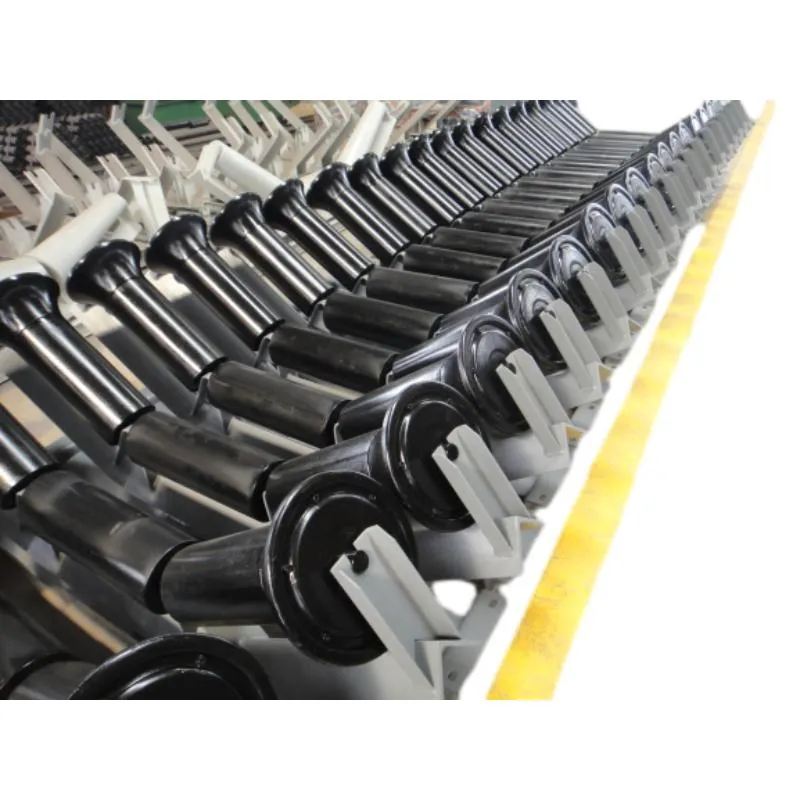 Afrikaans
Afrikaans  Albanian
Albanian  Amharic
Amharic  Arabic
Arabic  Armenian
Armenian  Azerbaijani
Azerbaijani  Basque
Basque  Belarusian
Belarusian  Bengali
Bengali  Bosnian
Bosnian  Bulgarian
Bulgarian  Catalan
Catalan  Cebuano
Cebuano  Corsican
Corsican  Croatian
Croatian  Czech
Czech  Danish
Danish  Dutch
Dutch  English
English  Esperanto
Esperanto  Estonian
Estonian  Finnish
Finnish  French
French  Frisian
Frisian  Galician
Galician  Georgian
Georgian  German
German  Greek
Greek  Gujarati
Gujarati  Haitian Creole
Haitian Creole  hausa
hausa  hawaiian
hawaiian  Hebrew
Hebrew  Hindi
Hindi  Miao
Miao  Hungarian
Hungarian  Icelandic
Icelandic  igbo
igbo  Indonesian
Indonesian  irish
irish  Italian
Italian  Japanese
Japanese  Javanese
Javanese  Kannada
Kannada  kazakh
kazakh  Khmer
Khmer  Rwandese
Rwandese  Korean
Korean  Kurdish
Kurdish  Kyrgyz
Kyrgyz  Lao
Lao  Latin
Latin  Latvian
Latvian  Lithuanian
Lithuanian  Luxembourgish
Luxembourgish  Macedonian
Macedonian  Malgashi
Malgashi  Malay
Malay  Malayalam
Malayalam  Maltese
Maltese  Maori
Maori  Marathi
Marathi  Mongolian
Mongolian  Myanmar
Myanmar  Nepali
Nepali  Norwegian
Norwegian  Norwegian
Norwegian  Occitan
Occitan  Pashto
Pashto  Persian
Persian  Polish
Polish  Portuguese
Portuguese  Punjabi
Punjabi  Romanian
Romanian  Russian
Russian  Samoan
Samoan  Scottish Gaelic
Scottish Gaelic  Serbian
Serbian  Sesotho
Sesotho  Shona
Shona  Sindhi
Sindhi  Sinhala
Sinhala  Slovak
Slovak  Slovenian
Slovenian  Somali
Somali  Spanish
Spanish  Sundanese
Sundanese  Swahili
Swahili  Swedish
Swedish  Tagalog
Tagalog  Tajik
Tajik  Tamil
Tamil  Tatar
Tatar  Telugu
Telugu  Thai
Thai  Turkish
Turkish  Turkmen
Turkmen  Ukrainian
Ukrainian  Urdu
Urdu  Uighur
Uighur  Uzbek
Uzbek  Vietnamese
Vietnamese  Welsh
Welsh  Bantu
Bantu  Yiddish
Yiddish  Yoruba
Yoruba  Zulu
Zulu Understanding the Role of Idler in Belt Drive Systems for Enhanced Performance
Understanding Belt Drive Idlers Key Components of Power Transmission Systems
Belt drive systems are a crucial aspect of mechanical engineering and are widely used in various applications, ranging from small appliances to industrial machines. Among the essential components of these systems are belt drive idlers. Understanding the function and importance of idlers not only enhances our knowledge of belt drive systems but also helps in optimizing their performance and lifespan.
What is a Belt Drive Idler?
A belt drive idler is a pulley used in a belt drive system that does not receive power directly but serves to change the direction of the belt or to provide tension in the system. It can be a simple fixed pulley or a more complex tensioning mechanism. The role of the idler is multifaceted; it aids in maintaining the proper alignment of the belt, reduces slippage, and ensures that the belt operates efficiently.
Functionality and Types
The primary function of a belt drive idler is to sustain tension in the belt. In mechanical setups where the distance between pulleys is significant, belts can become loose, leading to slippage and reduced efficiency. An idler compensates for this by providing additional tension, ensuring that the belt remains snug against the driving and driven pulleys.
There are different types of idlers, including
1. Fixed Idlers These are stationary pulleys that maintain tension and guide the belt along its path. 2. Adjustable Idlers These allow for tension adjustments and are particularly useful in systems where stretching or wear over time may necessitate changes in tension. 3. Tension Idlers These incorporate a spring mechanism that automatically adjusts to changes in belt tension, providing consistent performance under varying loads.
belt drive idler

Benefits of Using Idlers in Belt Drive Systems
The inclusion of idlers in belt drive systems offers several advantages
- Improved Efficiency By maintaining proper tension, idlers help minimize energy loss due to slippage, leading to improved system efficiency. - Enhanced Longevity A well-tensioned belt reduces wear and tear, prolonging the life of both the belt and the associated components. - Noise Reduction Correctly positioned idlers can minimize vibration and noise, creating a quieter operation, which is especially beneficial in residential or sensitive environments. - Flexibility in Design Idlers allow for greater design flexibility in belt drive systems, enabling engineers to create more compact and efficient layouts.
Design Considerations
When integrating idlers into a belt drive system, several design considerations must be taken into account. The material of the idler, its diameter, and the angle at which it contacts the belt are all critical factors that can impact performance. Additionally, the idler must be aligned properly with respect to the driving and driven pulleys to avoid premature wear and ensure smooth operation.
Regular maintenance is also essential. Idlers should be inspected for wear, misalignment, and proper tension periodically to ensure optimal performance. Any signs of wear or damage should be promptly addressed to prevent more significant issues down the line.
Conclusion
Belt drive idlers are indispensable components in the efficiency and functionality of belt drive systems. By providing tension, maintaining alignment, and enhancing overall performance, these idlers contribute significantly to the longevity and effectiveness of machinery across various industries. Understanding their role and maintaining them properly can lead to significant improvements in the operation of any belt-driven system, making them a worthy area of focus for engineers and operators alike.
-
Revolutionizing Conveyor Reliability with Advanced Rubber Lagging PulleysNewsJul.22,2025
-
Powering Precision and Durability with Expert Manufacturers of Conveyor ComponentsNewsJul.22,2025
-
Optimizing Conveyor Systems with Advanced Conveyor AccessoriesNewsJul.22,2025
-
Maximize Conveyor Efficiency with Quality Conveyor Idler PulleysNewsJul.22,2025
-
Future-Proof Your Conveyor System with High-Performance Polyurethane RollerNewsJul.22,2025
-
Driving Efficiency Forward with Quality Idlers and RollersNewsJul.22,2025





























